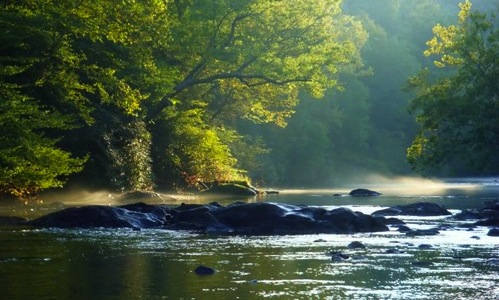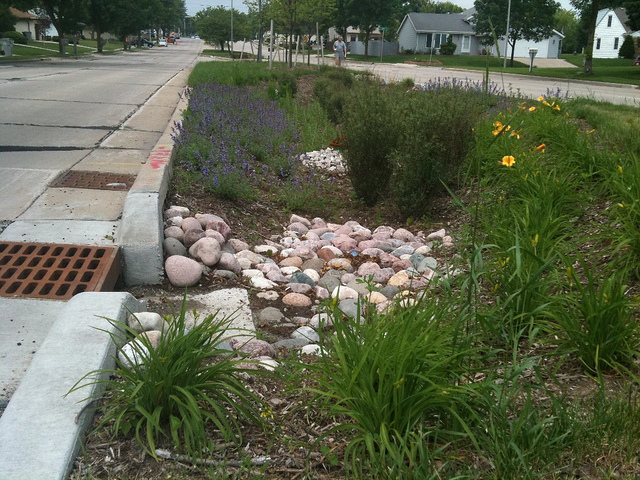North Carolina’s Research Triangle has for years been featured on the list of seminal bests. Raleigh, Durham, Cary, and Chapel Hill are some of the most educated, economically prosperous, family friendly, sustainable, and high-performing cities in the country. The area is even known for happy marriages, rockin’ music scenes, and tasty food. All of these distinctions have helped the Triangle, particularly Raleigh, achieve prominent spots on Forbes 2014 list of America’s fastest-growing cities.
These great features have drawn hundreds of thousands of new residents to the Triangle and its surrounding regions. Researchers at the Renaissance Computing Institute (RENCI) at UNC Charlotte estimate that the population in the Triangle and Rocky Mount areas grew by more than 1 million between 1976 and 2005, a surge of nearly 90 percent. During that time, RENCI found that land development increased nearly 570 percent, from 39,743 developed acres to 264,883 developed acres.
This rapid urbanization has significantly impacted surface water quality in nearby Jordan and Falls Lake and the Upper Neuse River Basin. The 2009 Jordan and Falls Lake clean up rules are estimated to total $750 million and $1.5 billion, respectively. Though the rules have been delayed, larger cities such as Cary, Apex, Morrisville, and Durham could bear the brunt of these costs. The Upper Neuse River Basin rules also place nutrient reduction limits on new development in Durham, Johnston, Orange, Wake, and Wayne counties.







